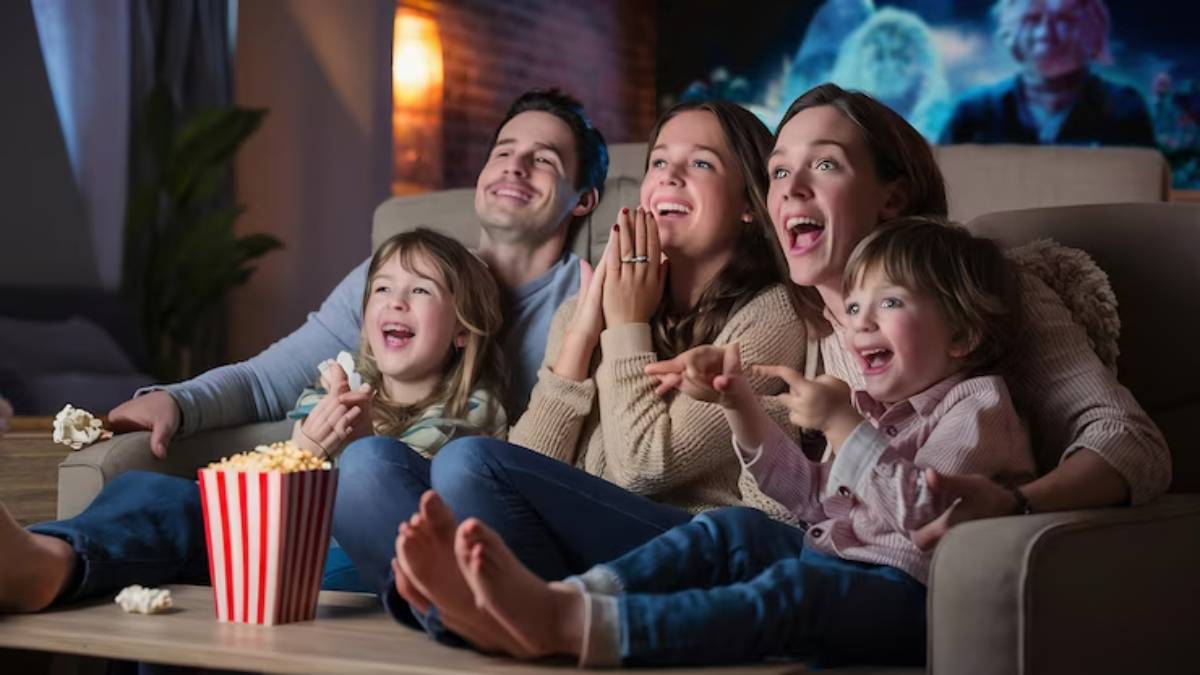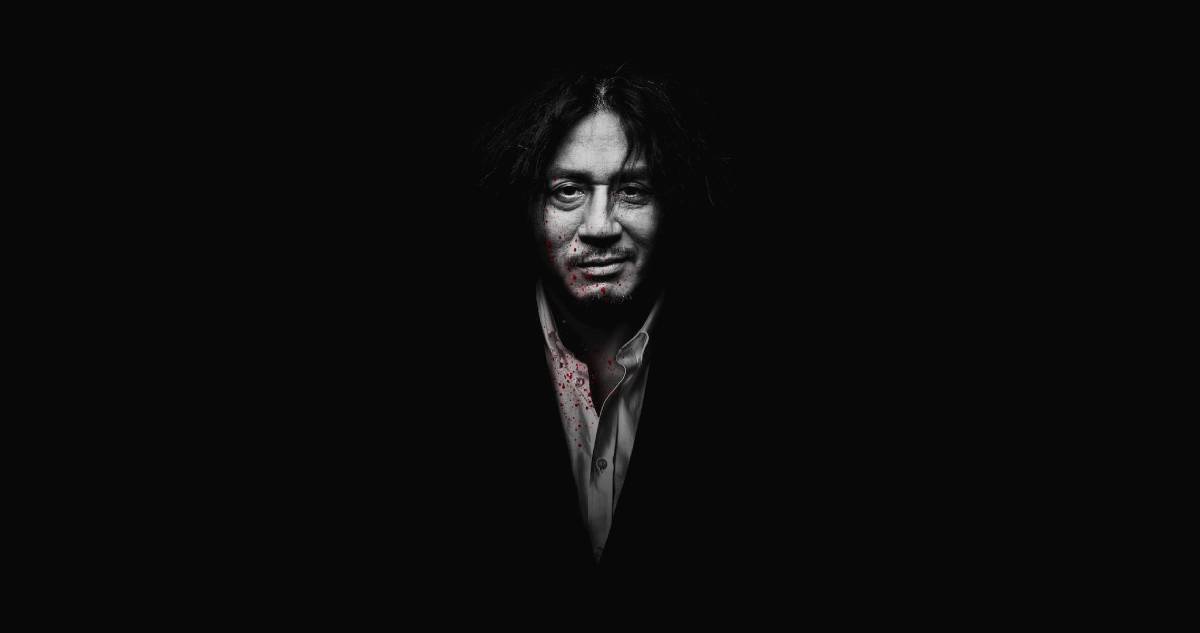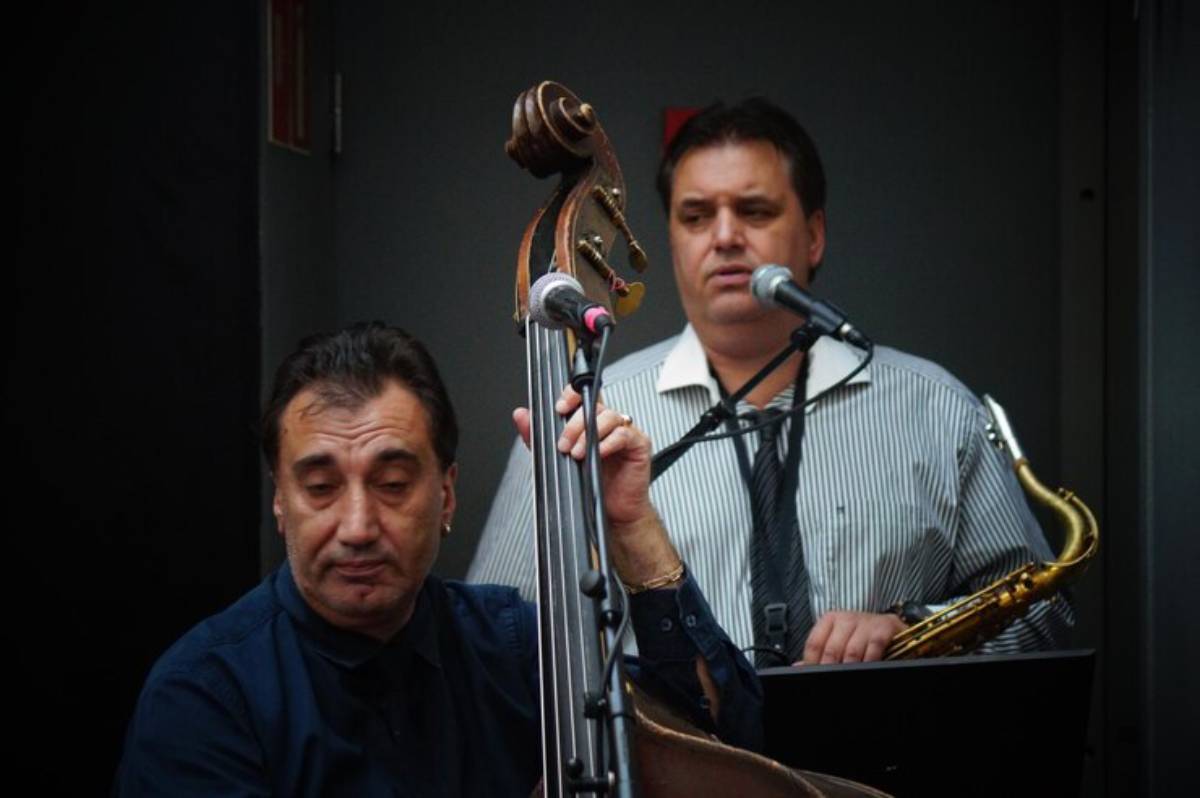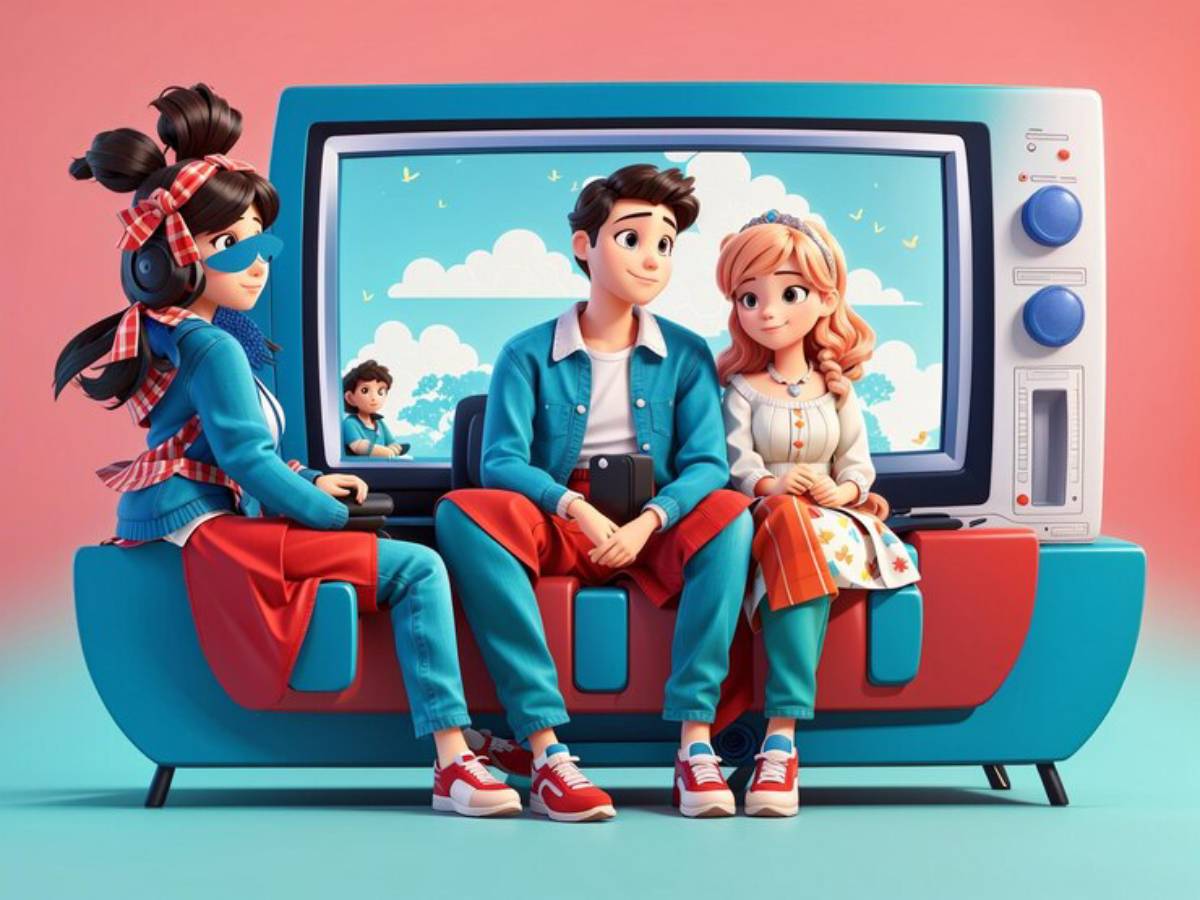
How Comedy Has Evolved on TV
Television comedy has always served as a mirror of society’s shifting values, attitudes, and cultural nuances. Sitcoms have changed a lot. They started with funny physical gags and now focus on clever dialogue. The genre keeps reinventing itself. Over the decades, we’ve seen changes in comedic style. We’ve also noticed big shifts in themes, characters, and platforms for delivering comedy.
This blog looks at the colourful world of TV comedy. It reviews key moments, analyses current trends, and hints at what the future may bring. TV comedy evolves with society. It’s not just about jokes and punchlines. Humour reflects our world and can shape public opinion and culture.
Why the Evolution of Comedy Matters
Comedy as a Cultural Mirror
Since the beginning, TV comedy has done more than entertain. It has also commented on the society in which it comes from. In the 1950s, “I Love Lucy” and similar shows highlighted domestic humour. They focused on homemaking, marriage, and gender roles. These themes were entertaining and inspiring for post-war households.
In the 1970s, sitcoms like “All in the Family” and “M*A*S*H” used humour to address serious issues. They tackled topics such as racism, war, and generational conflicts. These shows showed that comedy can be a strong tool for social critique. They challenged viewers to think about serious topics in a more relatable way.
By the 1990s, TV comedy began to reflect personal experiences and identities. A great example is “Seinfeld.” It was known for being “about nothing,” yet it captured everyday life’s quirks perfectly. “Friends” showed a shiny but relatable view of young adult life in the city. It became a key cultural symbol for a generation.
Changing Audience Expectations
Audiences today are more media-savvy than ever, and TV comedies have had to evolve accordingly. The old setup and punchline style, often seen in multi-camera studios with laugh tracks, is mostly replaced by single-camera formats. These new formats feel more cinematic and real.
Modern viewers also expect character-driven narratives that offer both humour and heart. Shows like “The Office,” “Parks and Recreation,” and “Brooklyn Nine-Nine” show this trend. They blend comedy with emotion and have deep character stories. Humour today is more nuanced. It often relies on awkwardness, irony, or specific cultural references instead of broad jokes.
The rise of streaming platforms like Netflix, Prime Video, and Disney+ has changed how we watch content. Binge-watching has changed storytelling in TV. It allows shows to create long-running jokes, develop characters, and add dramatic twists. Weekly formats can’t manage these elements as well.
The Evolution of Sitcoms
From Laugh Tracks to Introspective Comedies
The classic sitcom formula ruled TV for years. It used multi-camera setups, laugh tracks, and clear character types. Shows like “Cheers,” “The Fresh Prince of Bel-Air,” and “Everybody Loves Raymond” followed a familiar pattern. This comfort made them beloved by millions.
However, beginning in the early 2000s, the genre started to experiment with form. “Malcolm in the Middle” ditched the laugh track and embraced a more kinetic, single-camera approach. “Arrested Development” had layered jokes in complex plots. You often needed to rewatch to catch all the details. “The Office” used a mockumentary style that blurred the line between sitcom and reality. This style lets characters break the fourth wall and connect directly with the audience.
Shows like “Fleabag” and “BoJack Horseman” have taken the genre further. They explore mental health, grief, identity, and existential crises. Yet, they still keep their comedic edge. The sitcom has become more than a 22-minute diversion; it is now a vehicle for storytelling that can be as emotionally resonant and dark as it is funny.
Diversity and Representation
One of the most powerful trends in modern TV comedy is the increasing emphasis on diversity and representation. Historically, sitcoms featured predominantly white, heterosexual, middle-class characters. Today’s comedies are more inclusive. They feature a variety of ethnicities, sexual orientations, gender identities, and cultural backgrounds.
“Master of None” looked at the immigrant experience and millennial relationships. Meanwhile, “Black-ish” addressed systemic racism and class mobility in America. British comedies such as “This Country” and “Man Like Mobeen” authentically represent working-class and minority communities. They provide a fresh voice for these groups.
This expansion in representation offers more storytelling opportunities. It also connects with a larger audience. People see their realities and identities reflected back, which deepens emotions and broadens comedy’s appeal.
Common Pitfalls and Best Practices in TV Comedy
What Makes Great TV Comedy?
At its core, successful comedy hinges on truth. Even the wildest characters or strange ideas need an emotional truth to connect with audiences. Great TV comedies rely on strong characters. Their motivations and personalities create humour. This is better than forcing in gags for easy laughs.
Tone consistency is also crucial. A comedy that jumps between slapstick and serious drama can confuse its audience. The best shows handle these tonal shifts smoothly. They often use humour to cope or to tell serious stories.
Mistakes to Avoid

One of the most common mistakes in modern TV comedy is leaning too heavily on stereotypes or overused tropes. Archetypes can serve as useful starting points. Failing to develop characters beyond their initial label results in flat and forgettable stories.
Another pitfall is sacrificing the story for the sake of a punchline. While humour is essential, it shouldn’t come at the expense of plot coherence or emotional depth. Today’s audiences prefer rich storytelling. Superficial jokes seem old-fashioned now, especially with so many options available.
Finally, some comedies falter by failing to adapt to the times. Old cultural references, rude jokes, or ignoring social progress can make a show seem outdated or offensive. Comedy, more than any genre, must be responsive to the current moment.
Expert Insights and Industry Perspectives
The Business of Comedy
From an industry standpoint, comedy remains one of the most reliable genres for attracting and retaining viewers. It appeals to everyone. It usually costs less than drama or action series. Plus, it can be watched over and over. Comedies also tend to have longer shelf lives, making them valuable assets for networks and streaming services alike.
That said, the market has become increasingly competitive. To stand out among many shows, you need a unique voice or a strong concept. Shows like “Ted Lasso” thrive by blending heart, humour, and originality. These traits are key to success today.
Comedy’s Role in a Fragmented Media Landscape
In today’s fragmented media landscape, comedy serves a unique purpose. It brings people together despite their different beliefs and cultures. This shared reference helps in a world where audiences are more divided. Comedy can disarm, humanise, and connect in ways other genres cannot.
Creators are looking ahead. Many are using hybrid formats. They mix comedy with drama, musical elements, animation, or even reality TV ideas. This experimentation is likely to continue as creators seek new ways to surprise and engage viewers.
Final Thoughts: Laughter Through the Ages

The story of comedy on TV is rich and lively. It shows how society, technology, and art have changed over time. What started as simple fun for everyone has changed into a rich and varied genre. It can now explore all aspects of human experience.
From slapstick to satire, from laugh tracks to silence, TV comedy has shown time and again that it can adapt, endure, and flourish. Comedy will likely keep redefining television as we enter the digital media age and niche content grows.
For fans, this evolution offers a wealth of material to enjoy and analyse. For creators, it brings challenges and chances. They can innovate, reflect reality, and make us laugh, no matter what happens in the world.
So next time you’re scrolling through your favourite streaming service, take a moment to appreciate just how far TV comedy has come. And perhaps raise a smile, knowing that the next great laugh is just one click away.


